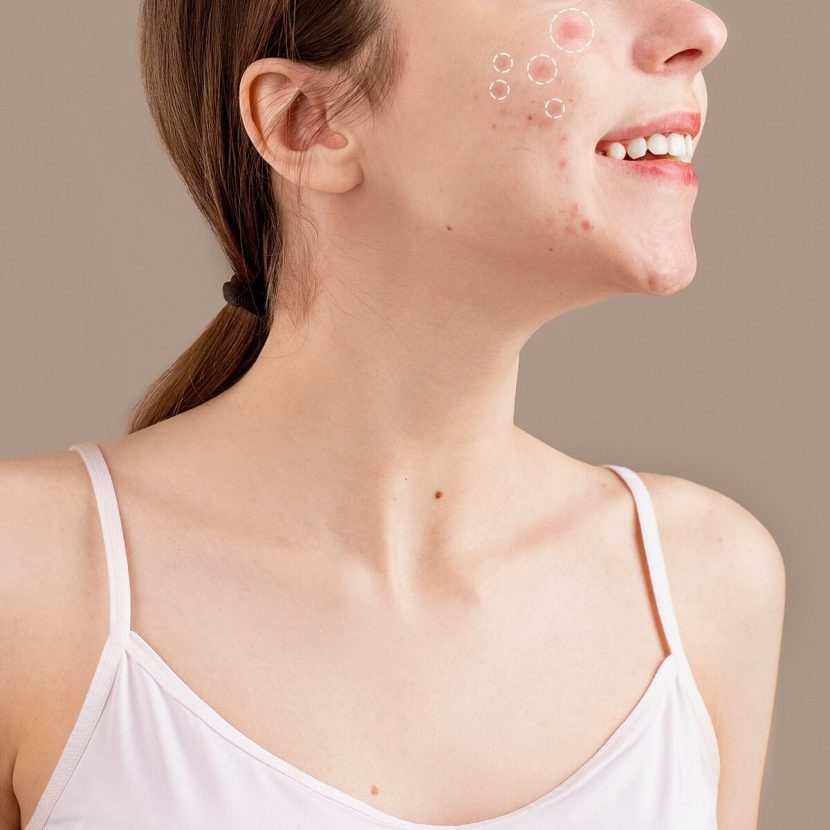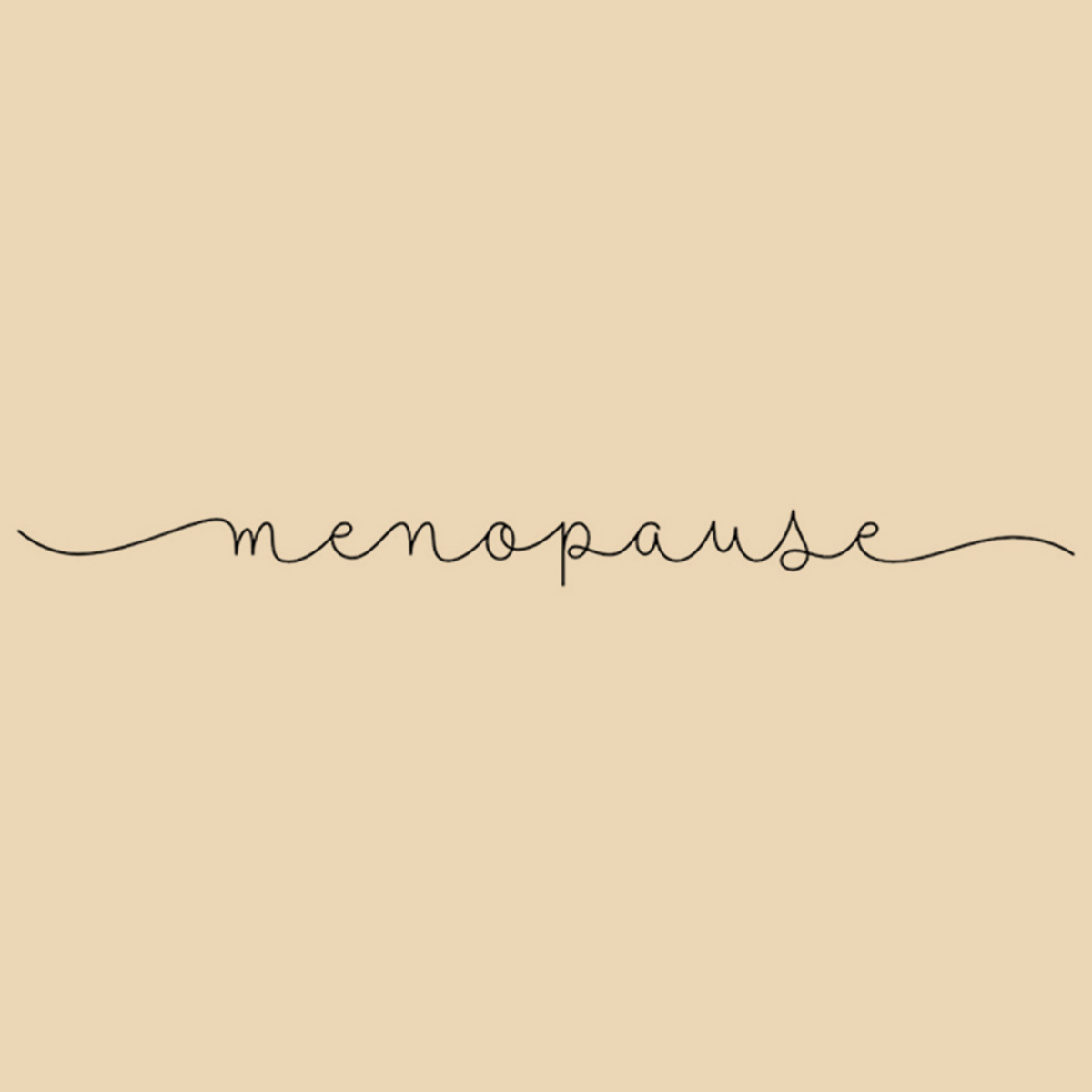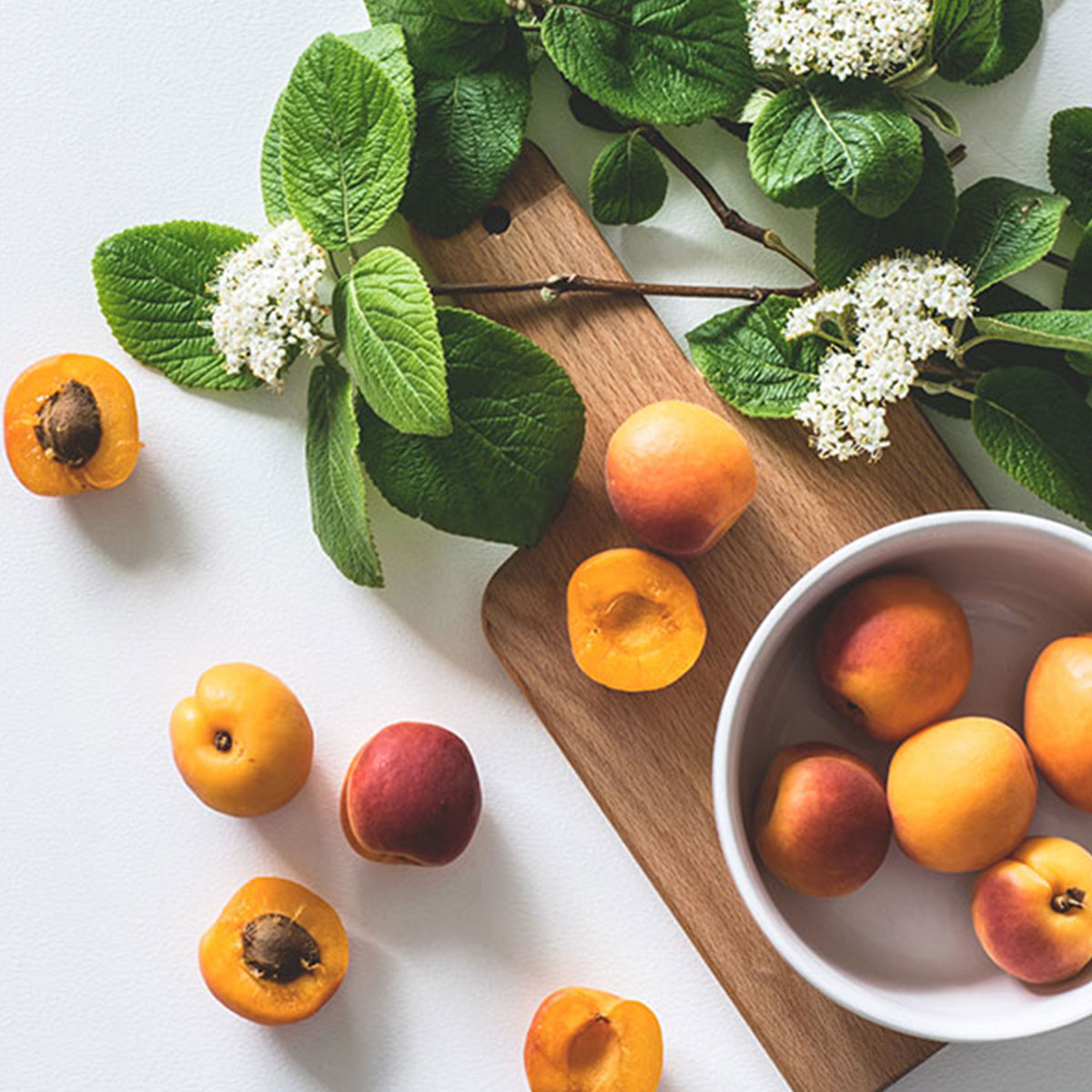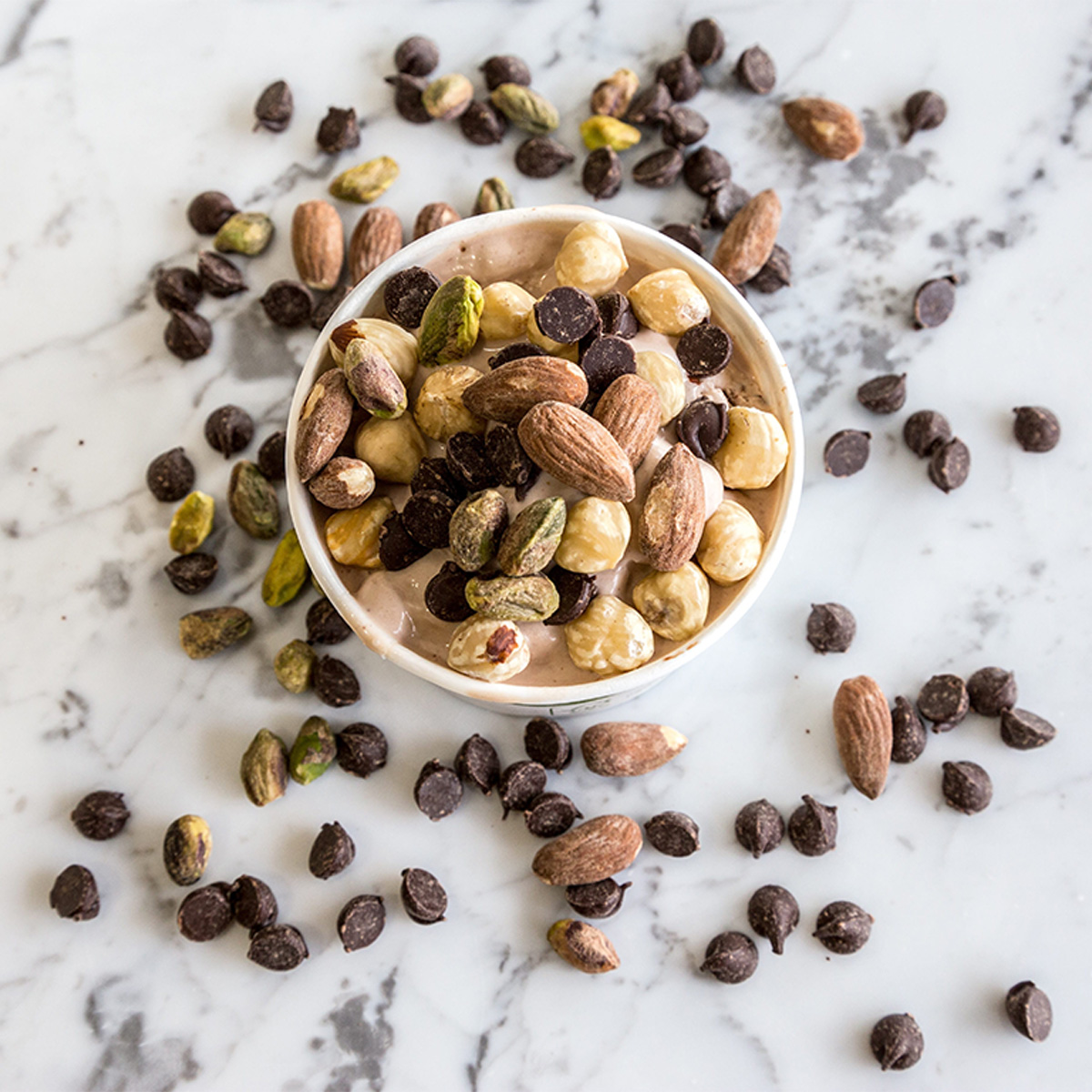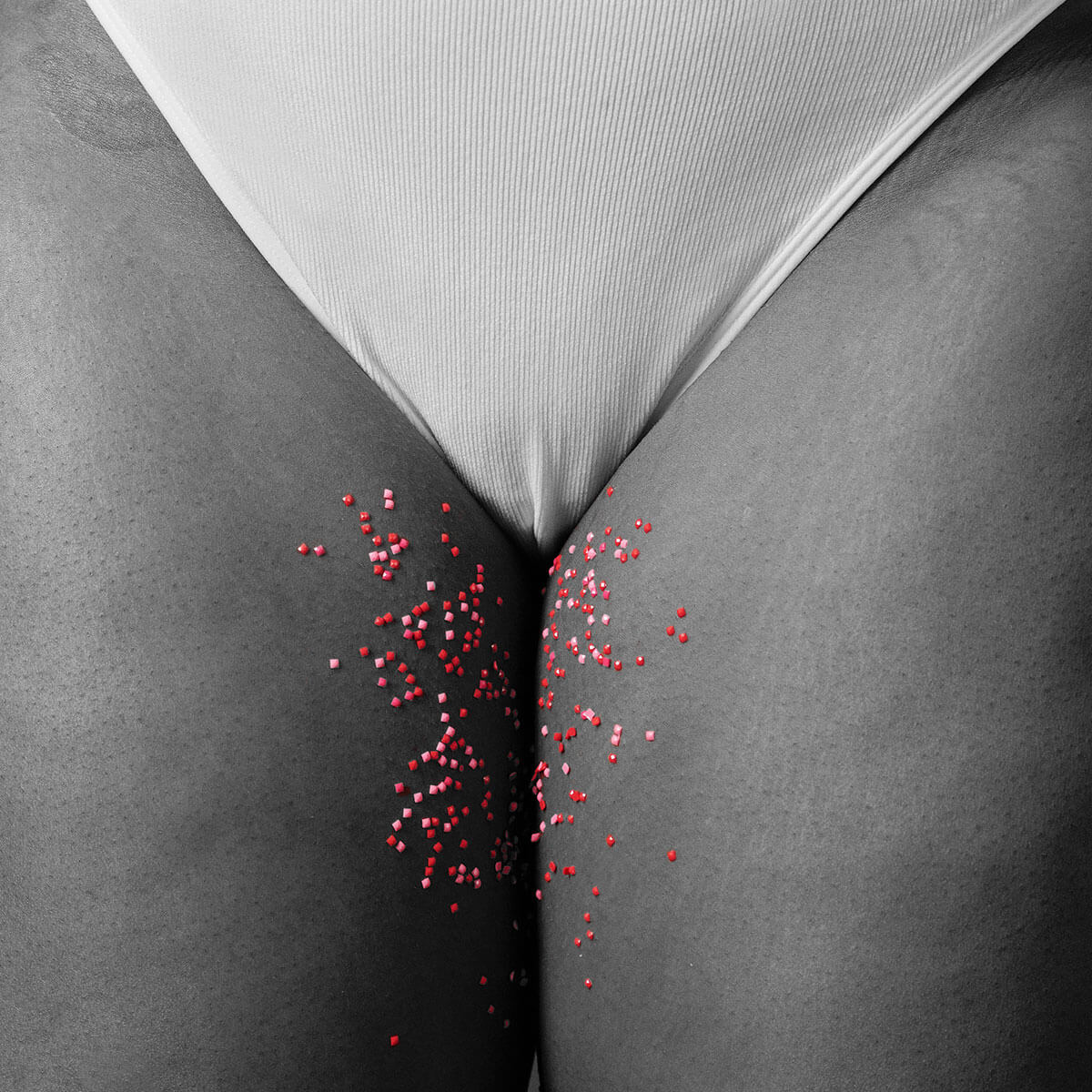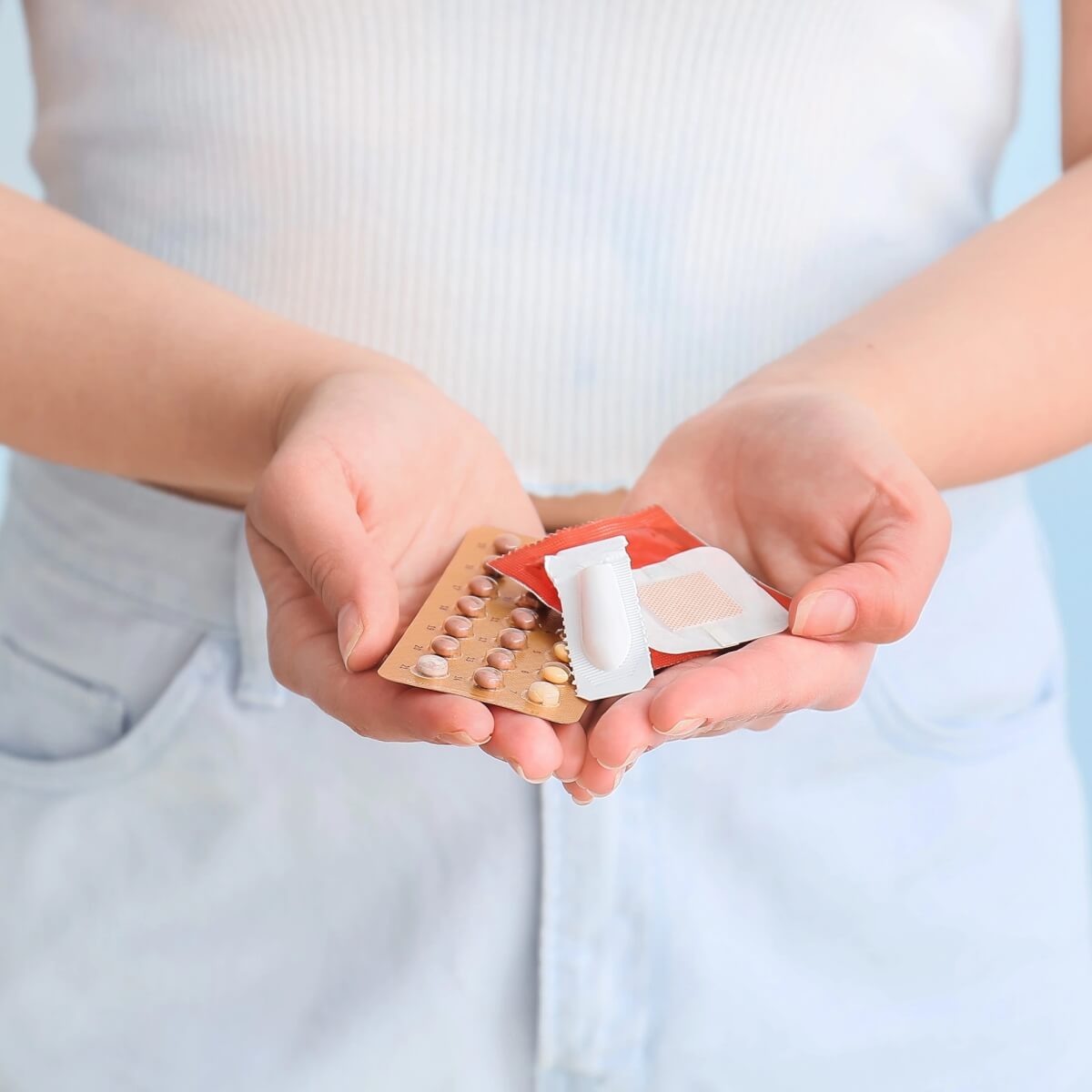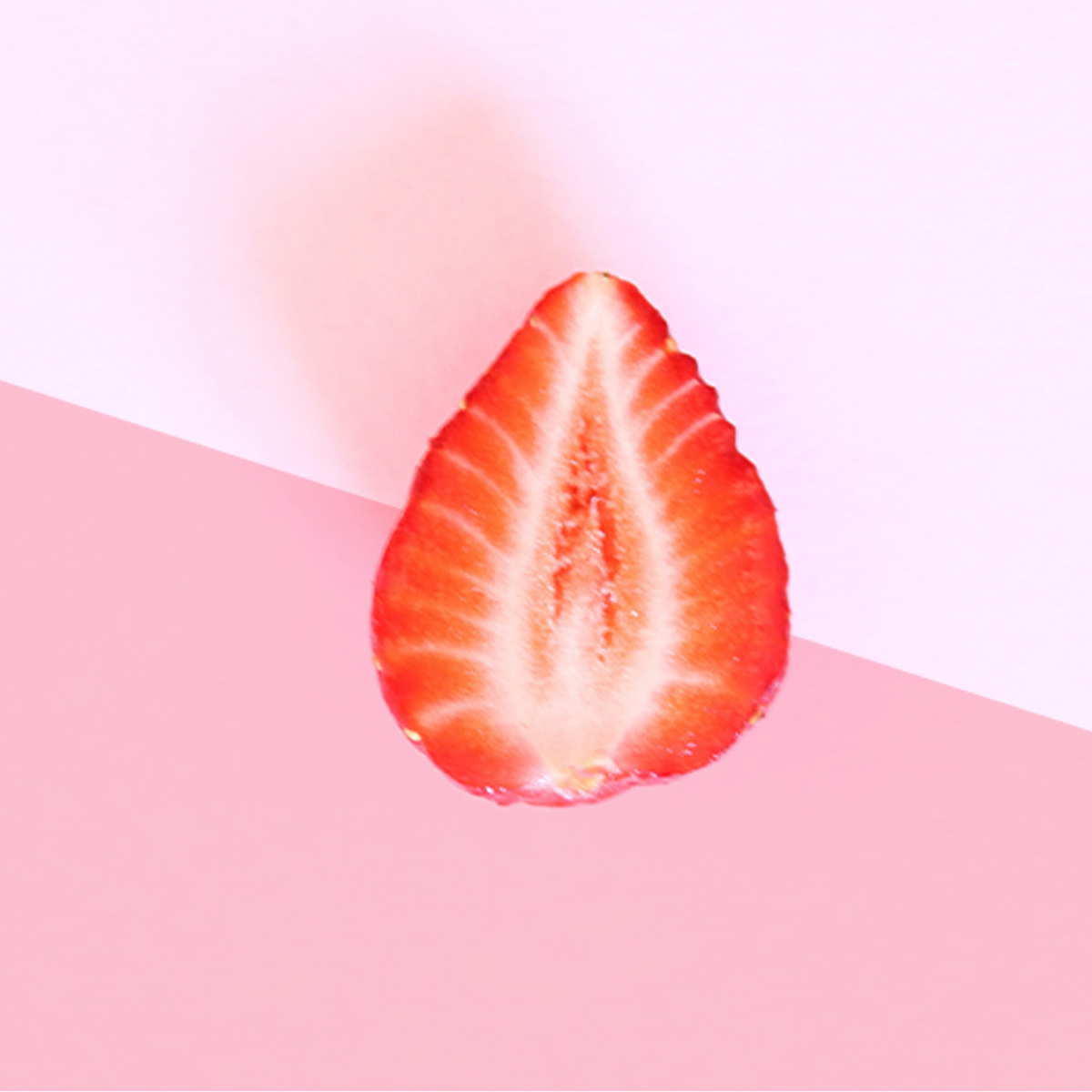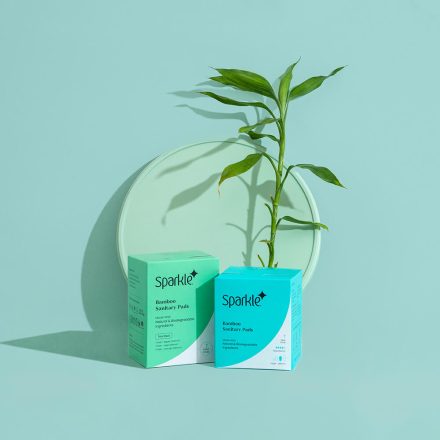Ah, acne.
So much has been written about this topic, and YET, it still remains a mystery.
Just like how it mysteriously (and almost always) shows up right before an important meeting or a girl’s night out.
Coincidence? We think not.
So, what can we possibly say that hasn’t been said before by countless articles, self-care pages, home remedy listicles, and to-do tips to cure acne?
While we can always tell you how you could try to take care of your acne, we can also address the other side of the equation – by helping you predict/preempt these breakouts at the different stages of your menstrual cycle (and hopefully, reducing them as well!)
Ready? Let’s get right into it!
Wait, why are we talking about menstrual cycles? Isn’t this about acne?
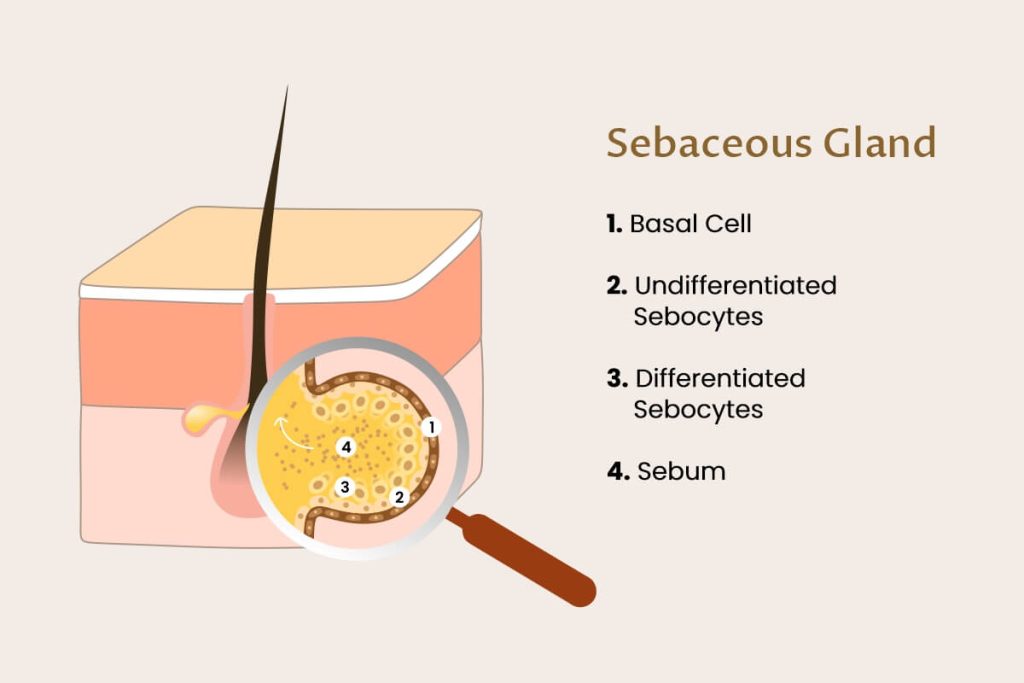
Let’s put it this way – you can’t begin to understand acne, flare-ups, pimples, pustules, and breakouts without thoroughly understanding the role of our periods in this process. More often than not, our menstrual cycles dictate the type of relationship we might have with our acne, right from pre-puberty times all the way into adulthood. As you may have guessed, every menstruator has a period cycle that is truly unique to them; similarly, hormone levels differ from person to person as well as the prevalence (or lack thereof) of acne.
Here’s a quick acne 101 before we move on:
Acne, in a nutshell, is a condition that affects the skin’s hair follicles and oil glands. Our pores are connected to glands that produce an oily secretion called ‘sebum’. The canal connections between these glands and pores (known as follicles) have thin hairs that grow out to the skin’s surface. When these follicles get clogged thanks to a not-so-nice combination of sebum and dead skin cells, they become breeding grounds for bacteria.
And voila, you see the final result when you glance at the mirror – a red pimple sprouting up at that exact point.
But where is the hormonal connection?
So, just to refresh your mind, we spoke about sebum and its sticky tendencies just a few seconds back. Before your period, during and even after your period, your body will be undergoing several hormonal fluctuations – these twists and turns in hormonal activity can trigger your sebum-producing glands (the sebaceous ones) to secrete more sebum, leading to more clogging, more pimples, more red skin, and as a final result, more aggravation (both skin and annoyance-wise).
However, if we are able to predict how our hormones behave before/during our period (at least to a certain extent), we can try to minimise the damage that acne could wreak on our bodies. Scroll on to know more.
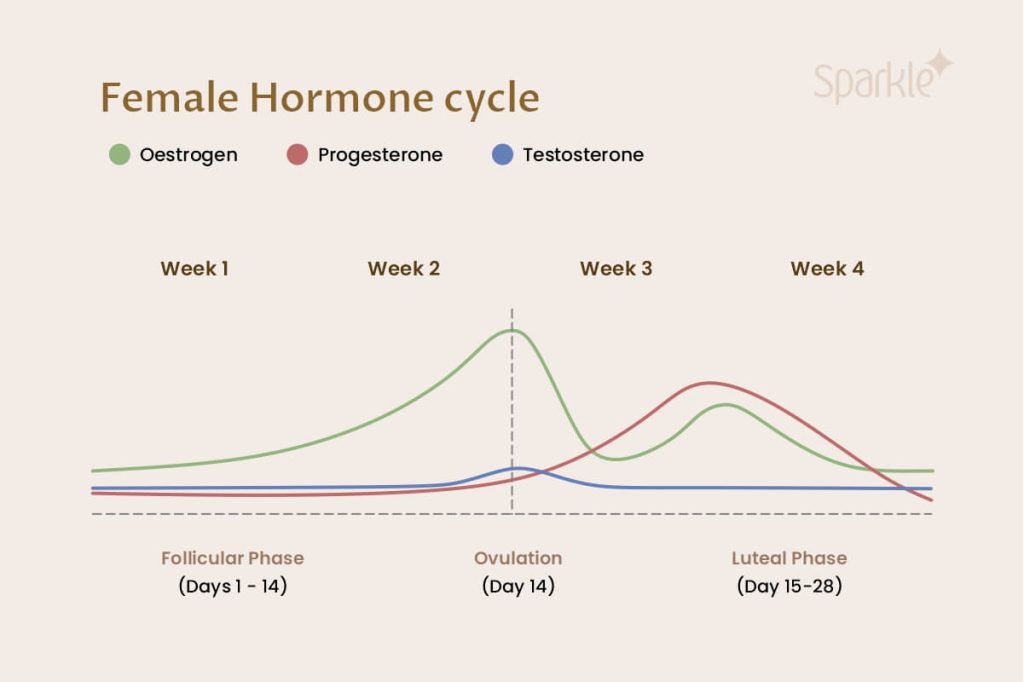
1. Pre-Period
Hormone status: Oestrogen and progesterone levels drop
Consequences: Overactive sebaceous gland behaviour
Result: High chances of clogged pores, skin inflammation, breakouts, etc
What can you do?
- Try to reduce your stress especially during this PMS time (increased stress usually worsens acne)
- Reduce or remove dairy during your PMS period (as milk comes with artificial hormones that may alter the body’s hormonal balance)
- Cut out caffeine and alcohol (these directly affect your body’s reaction to stress)
- Maintain your blood sugar levels as much as possible
2. During Your Period (and towards its end)
Hormone status: Testosterone is still going strong
Consequences: Sebaceous gland sensitivity can be seen again
Result: More sebum generation and clogged pores
What can you do?
- Eating blueberries help (which help balance blood sugar and restore progesterone levels)
- A diet of cruciferous vegetables (broccoli, cauliflower, brussel sprouts, etc) aid in liver optimization and detoxification
- Continuing to avoid dairy, caffeine and alcohol
- Drinking lemon and water in the morning for further liver detoxification
- Taking probiotics (yoghurt, etc) for your gut to fight the inflammation that worsens acne
3. After Your Period (before the next one pops up)
Hormone status: Oestrogen and testosterone start to rise again
Consequences: This change throws your sebaceous glands for a toss again, although you might not develop any new acne; old pimples start to fade (don’t pick at them!)
Result: Dry skin, due to rising oestrogen levels
What can you do?
- Eating plenty of fruits, vegetables, fish and whole grains
- Taking Vitamin E supplements to boost skin elasticity
- Continuing to watch your salt, sugar, dairy and caffeine intake
So, what’s the final verdict?
Even after trying all of the above and having a proper skincare routine, acne can still persist for some individuals. In that case, it’s always best to see a dermatologist and a dietician for further instructions. If you have minimal breakouts and just want to know how to get rid of those pesky pimples that pop up before and during your cycle, start monitoring your body, follow your hormone trajectory, and let us know if these tips work out for you!
